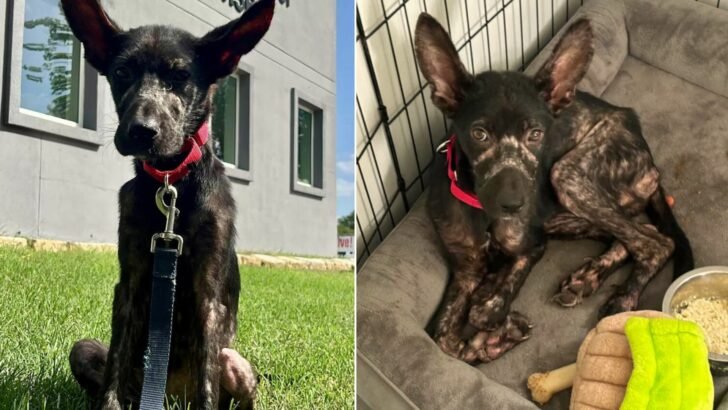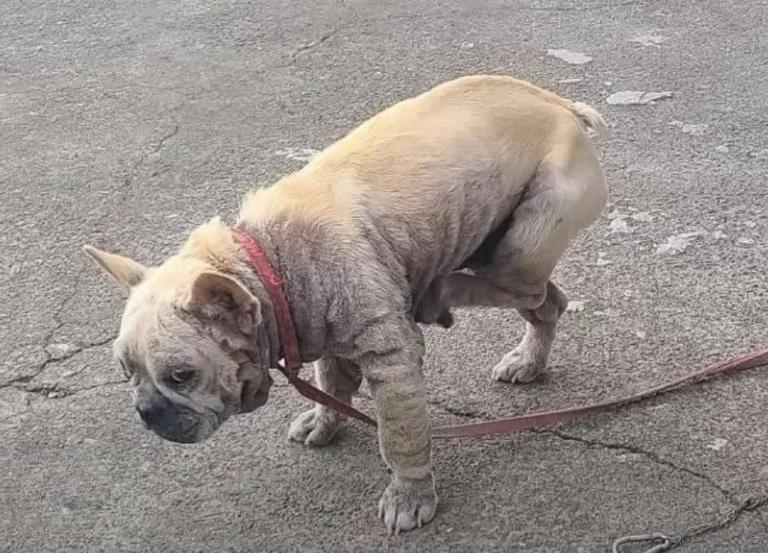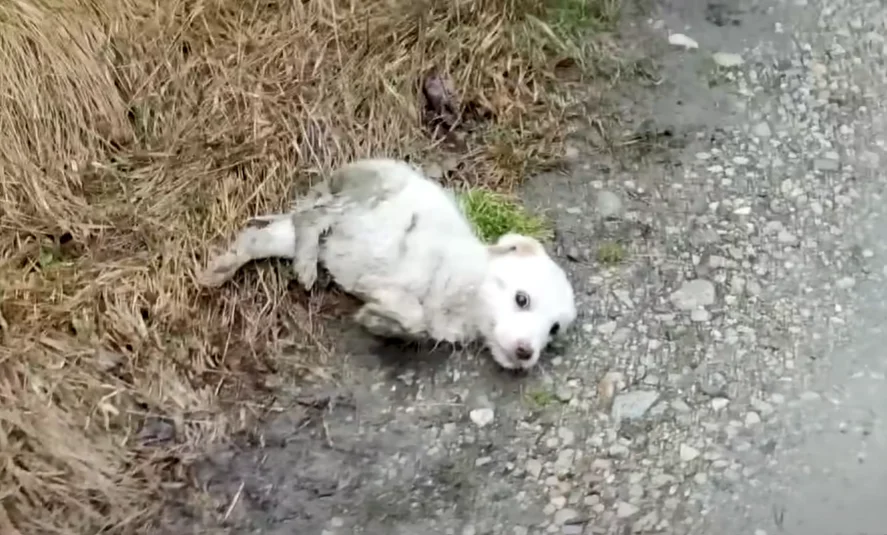Congratulations on your new puppy! Welcome to the rewarding world of dog ownership. Puppies bring joy and excitement, but they also require a lot of work and dedication. Proper training is crucial for ensuring that your puppy grows into a happy and well-adjusted adult dog.
Training a puppy can seem overwhelming at first, but with the right approach, you can help your new pet become a beloved member of your family. Here are ten essential tips to guide you through the process:
1. Socialization
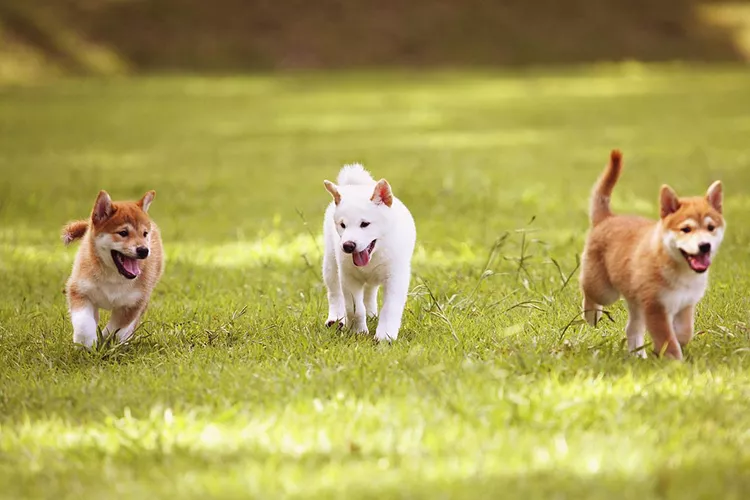
Socializing your puppy means exposing them to a variety of people, places, and experiences to help them become well-adjusted adults. Proper socialization can prevent many common behavioral issues, such as fearfulness or aggression. Introduce your puppy to different environments and handle them gently to ensure they are comfortable with new experiences.
2. House Training
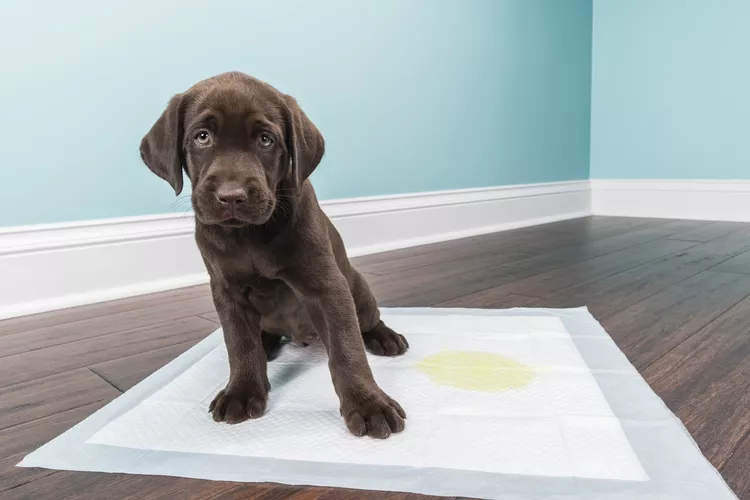
Housebreaking is a top priority for many new puppy owners. Establish a consistent feeding and bathroom schedule for your puppy. Take them outside after eating, drinking, or waking from a nap. Instead of punishment, use positive reinforcement, such as praise and treats, to reward your puppy for relieving themselves in the appropriate spot. Crate training can also support housebreaking efforts.
3. Crate Training

A crate can be a valuable tool for managing your puppy’s behavior and aiding house training. Ensure the crate is a comfortable space for your puppy, where they feel secure. Use it to prevent undesirable behaviors, such as chewing on furniture, and to reinforce house training by limiting their space when you’re not supervising.
4. Confinement
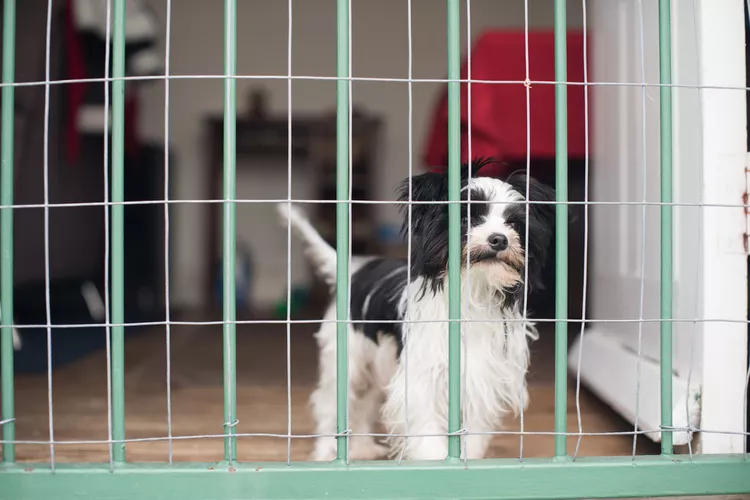
Puppies should not be left unsupervised with full access to the house. Confining them to a safe, puppy-proofed area, like a kitchen or small room, helps prevent accidents and undesirable behaviors. This also reduces the chances of your puppy chewing on or damaging household items.
5. Prevent Destructive Chewing

Chewing is a natural behavior for puppies, but it’s important to direct them to appropriate chew toys. Confinement helps prevent access to items you don’t want chewed. Redirect your puppy to suitable chew toys and use positive reinforcement to encourage appropriate chewing behavior.
6. Bite Inhibition
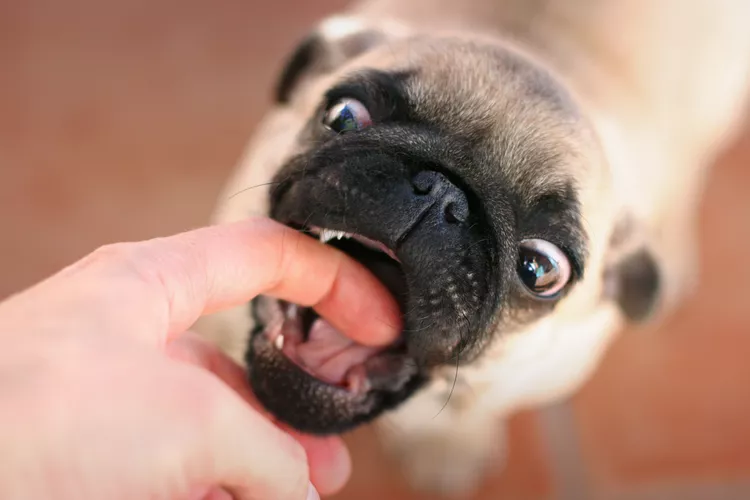
Teaching bite inhibition involves helping your puppy learn to control the force of their bite. Allow your puppy to use their mouth during play but stop playtime if they bite too hard. Consistently reinforcing gentle play helps prevent aggressive biting as they grow older.
7. Positive Reinforcement
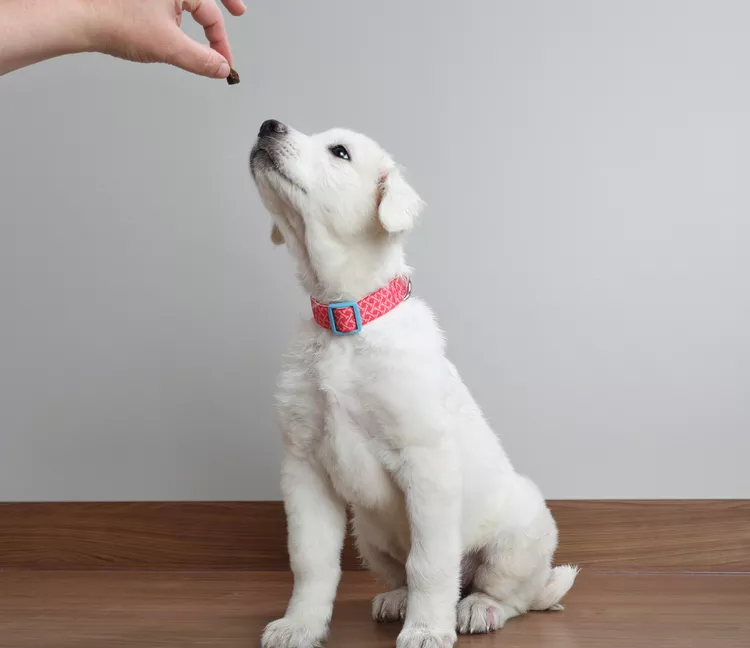
Puppies respond best to positive reinforcement, which involves rewarding desirable behaviors with treats, praise, or play. Avoid harsh punishment, as it can lead to fear and aggression. Focus on encouraging good behavior and redirecting or ignoring undesirable actions.
8. Preventing Behavior Problems
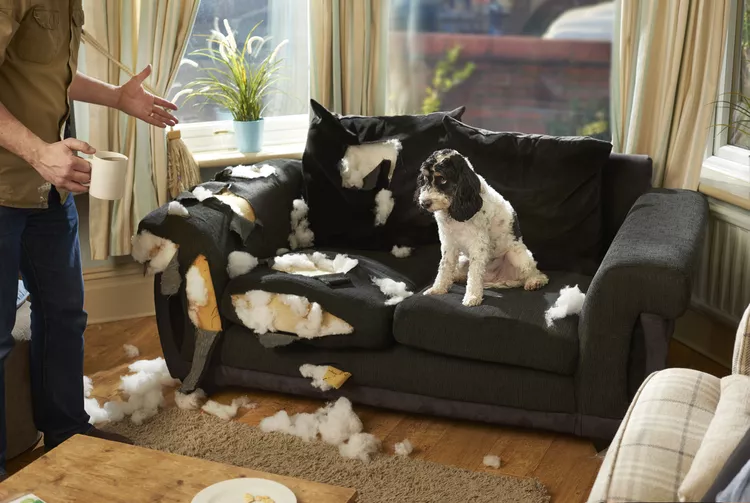
Early training can help prevent common behavior issues. Provide your puppy with engaging toys, regular exercise, and consistent training to keep them mentally and physically stimulated. Use basic commands to manage and prevent problem behaviors, such as jumping or excessive barking.
9. Basic Obedience
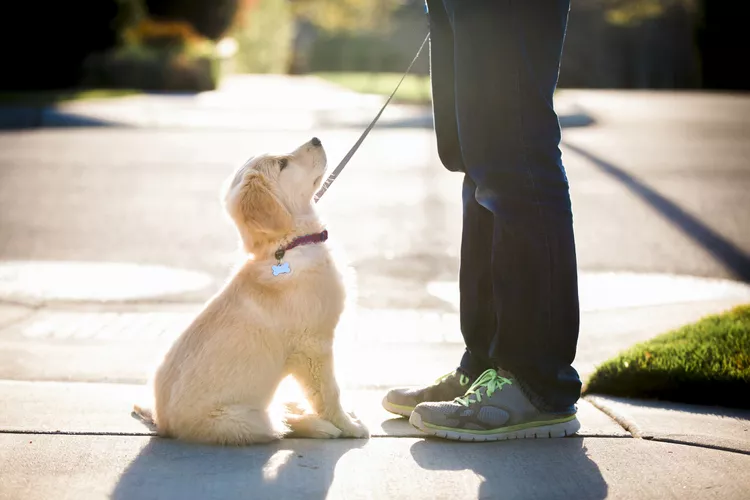
Start teaching basic commands like “sit,” “down,” and “come” as soon as you bring your puppy home. These commands provide structure and help your puppy learn to follow instructions. Use positive reinforcement to make training enjoyable and effective.
10. Puppy Kindergarten
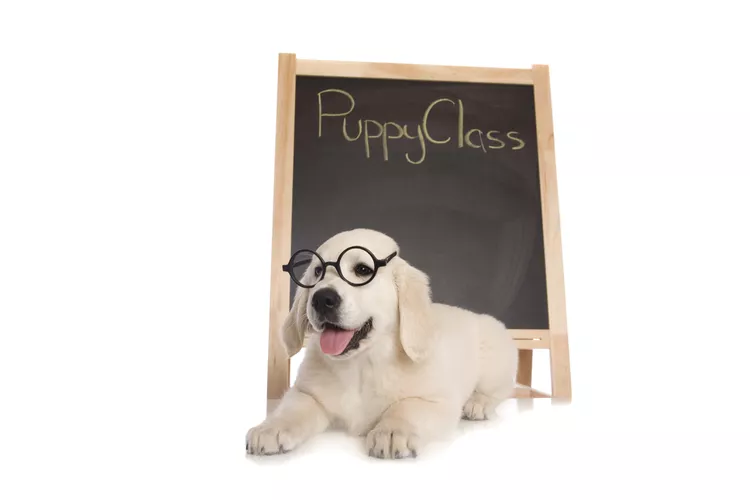
Puppy kindergarten classes are designed to address various aspects of puppy training, including socialization, housebreaking, and basic obedience. Enrolling your puppy in a class can provide professional guidance and support, ensuring a positive training experience under the supervision of an experienced trainer.
With these tips, you can create a strong foundation for your puppy’s development and enjoy a rewarding journey together.



